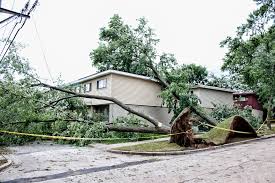In the face of unforeseen disasters or emergencies, having a well-prepared emergency kit can be the difference between chaos and calm. Whether it’s a natural disaster, power outage, or any unexpected situation, a thoughtfully assembled emergency preparedness kit can provide the essential tools and supplies to keep you and your loved ones safe. Here’s a comprehensive guide on what should go into your emergency kit:
1. Water and Hydration:
Water is a fundamental necessity for survival. Include at least one gallon of water per person per day for at least three days. Portable water purification tablets or a compact water filter can also be valuable additions.
2. Non-Perishable Food:
ack a supply of non-perishable, easy-to-prepare food items. Consider canned goods, energy bars, dried fruits, and nuts. Ensure that the food is high in energy and provides necessary nutrients.
3. First Aid Supplies:
A well-stocked first aid kit is indispensable. Include bandages, antiseptic wipes, adhesive tape, pain relievers, prescription medications, and any necessary medical supplies specific to your family’s needs.
4. Flashlights and Batteries:
In the event of power outages, reliable lighting sources are crucial. Include battery-powered flashlights or lanterns, along with extra batteries. Consider energy-efficient and long-lasting LED options.
5. Communication Tools:
Keep a battery-operated or hand-crank emergency radio in your kit to stay informed about the latest developments and alerts. Include a fully charged portable charger for your mobile devices. Write down emergency contact information that may be stored in phones or on computers.
6. Multi-Tool and Basic Tools:
A multi-tool can serve various purposes, including cutting, opening bottles, and fixing minor issues. Additionally, include basic tools like pliers and a wrench for potential repairs.
7. Personal Hygiene Items:
Maintaining personal hygiene is essential even during emergencies. Pack items such as toothbrushes, toothpaste, soap, hand sanitizer, and feminine hygiene products.
8. Warmth and Clothing:
In case of cold weather, pack warm blankets, extra clothing, and durable rain ponchos. Consider the climate of your region and tailor your kit accordingly.
9. Important Documents:
Store photocopies of essential documents, such as identification, insurance policies, medical records, and emergency contacts, in a waterproof and portable container.
10. Cash:
In emergencies, electronic payment systems may not be available. Keep a small amount of cash in your kit for potential purchases or unforeseen expenses.
11. Shelter and Sleeping Gear:
Include a lightweight, compact emergency shelter or tent, as well as sleeping bags or blankets for each family member.
12. Entertainment and Comfort Items:
In stressful situations, having items like books, playing cards, or comforting items for children can provide a sense of normalcy and comfort.
13. Personalized Items:
Consider the unique needs of your family, such as baby supplies, pet necessities, or specific medical equipment.
Regularly review and update your emergency kit to ensure that all supplies are within their expiration dates and that the contents are suitable for your current circumstances. By investing time in preparing a comprehensive emergency kit, you’re not just stockpiling supplies; you’re building a shield that can provide a sense of security in the face of uncertainty.

